I'm really looking forward to the session, which will present summaries, updates, and syntheses of work from across the Southeast. It's intended to be a 20-year update to the work that culminated in the landmark Paleoindian and Early Archaic Southeast volume that was published in 1996. Congratulations are due to the organizers who conceived of the symposium and pulled it off.
I briefly discussed our paper back in September. Significant work has happened since then, and I'm pretty happy with the result. The point of doing a "big" paper like this, in my view, is to attempt to identify and describe patterns that require explanation. We used information from three large datasets -- PIDBA, DINAA, and an always "in progress" compilation of radiocarbon dates -- to investigate patterns of population stability/fluctuation during the Paleoindian period in the Eastern Woodlands.
As of now (rushing through this blog post so I can go out to dinner) I like the result: a six period chronological/geographical model identifying the time/space parameters of population stabilities and fluctuations. As I listen tomorrow to region-by-region updates on what we know about the Paleoindian period in the Southeast, I will almost certainly learn of many things that are wrong. But I will be listening to the results of others' work with a model in mind. That's useful. As the famous quote goes: "all models are wrong, but some are useful." To me, a useful model is a machine for thinking that makes predictions about the world that can be evaluated. So I'm looking forward to seeing what I got wrong. I wish I had a big piece of paper I could spread out on a table so I could take notes time period by time period, region by region.
After this updated photograph of Woody Guthrie, I'll post images of a few key slides from the presentation. I'll put the whole thing on my Academia page tomorrow after the dust settles. [Update 11/13/2017: the presentation is available here.]

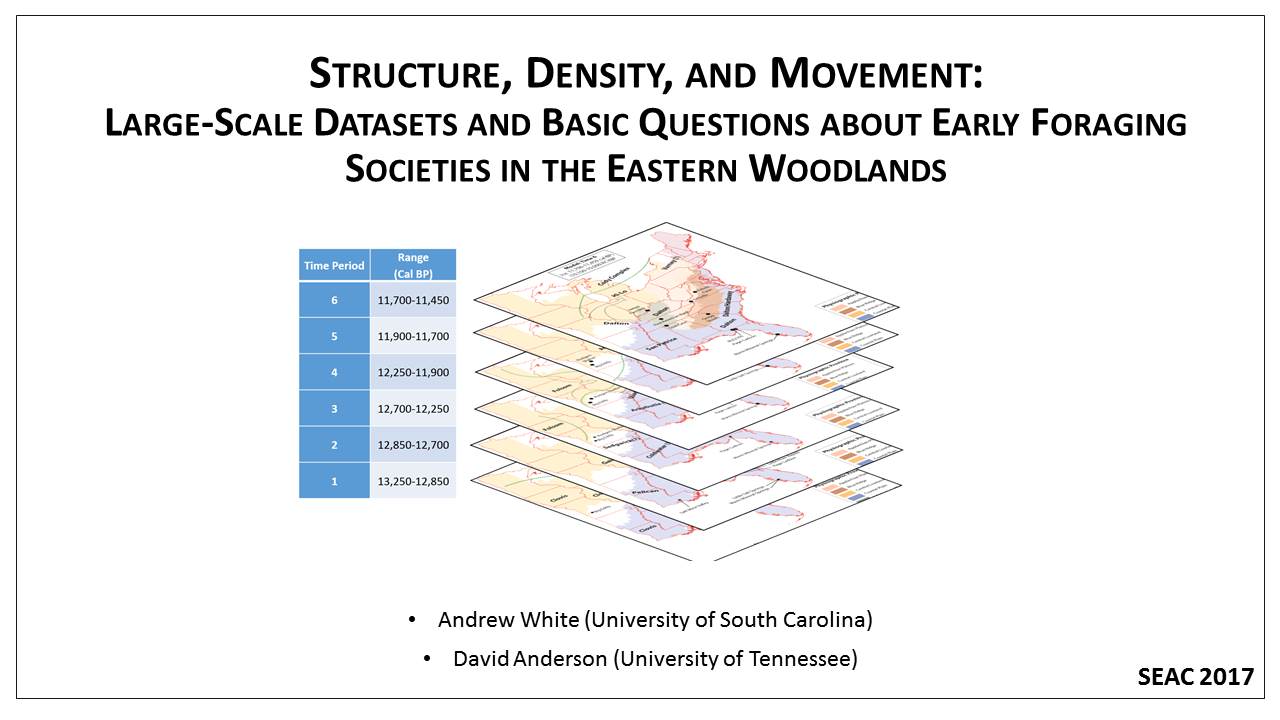
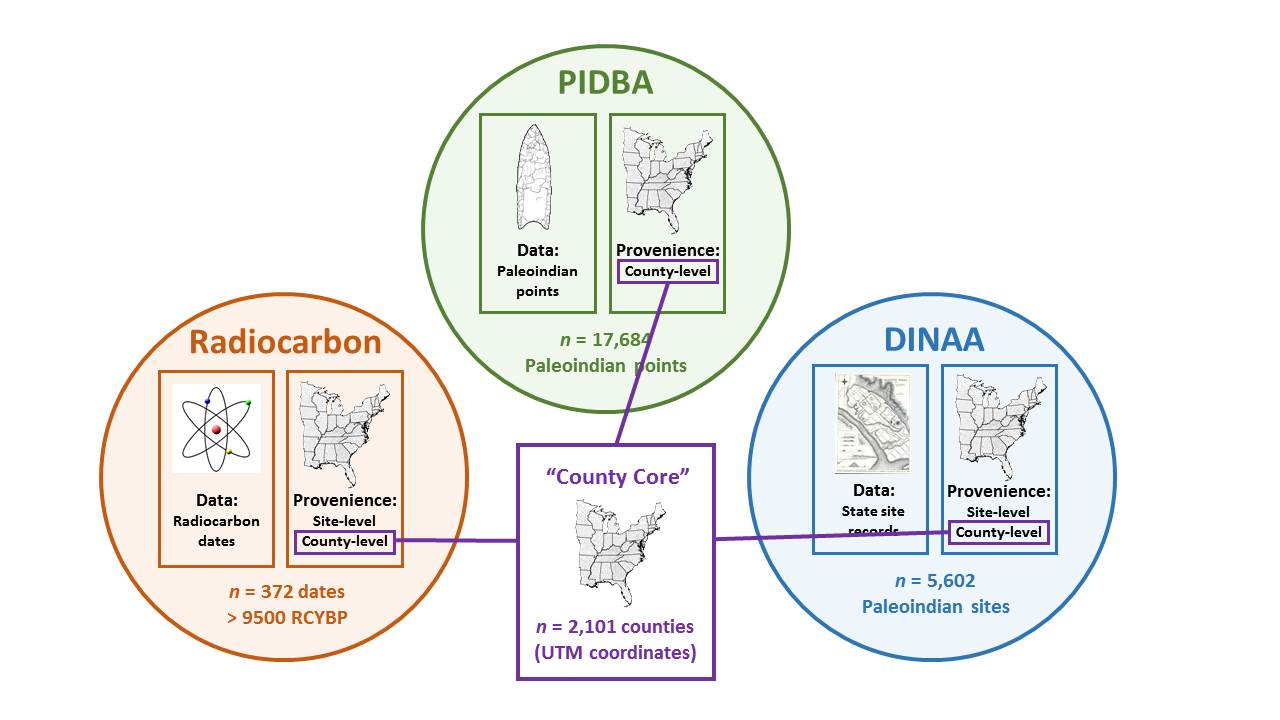

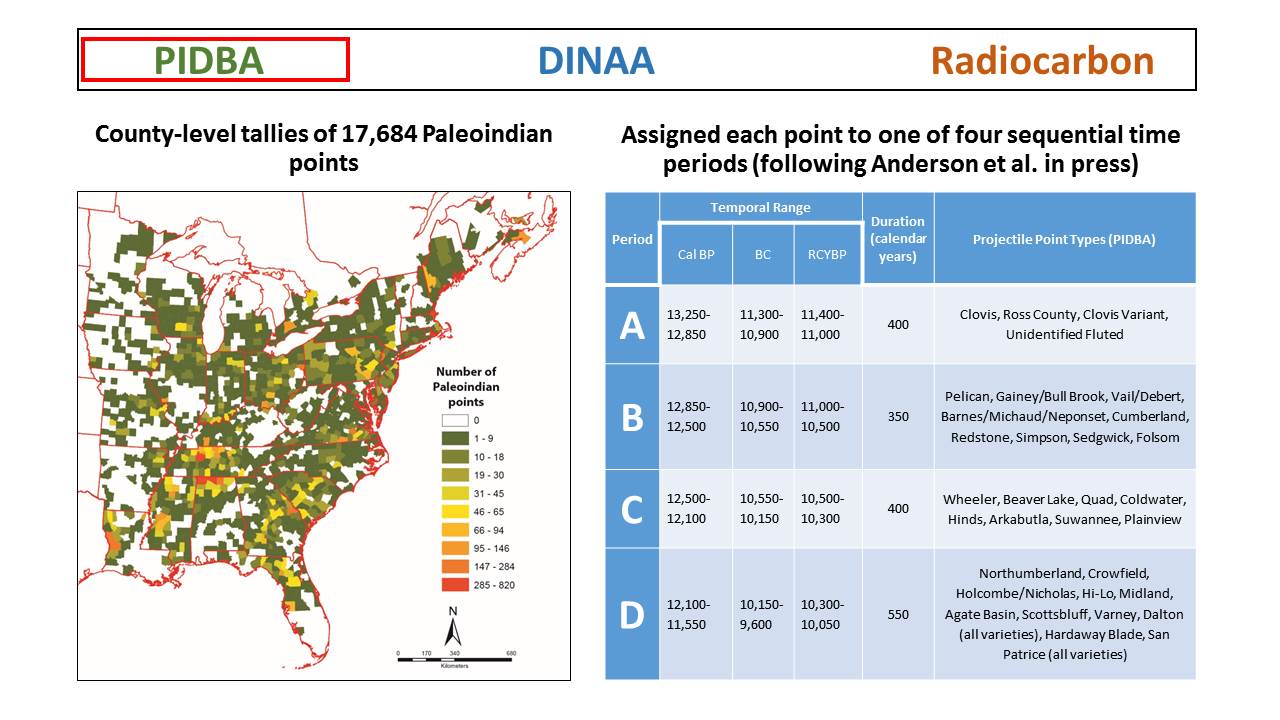
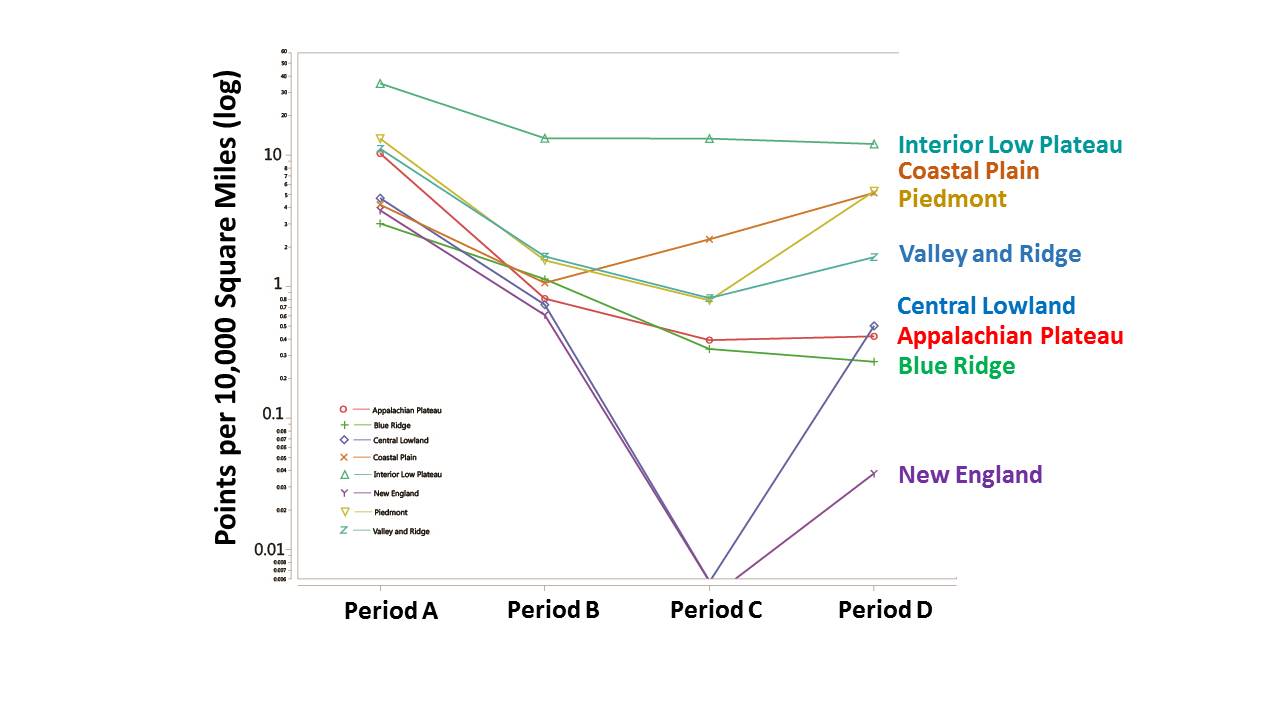
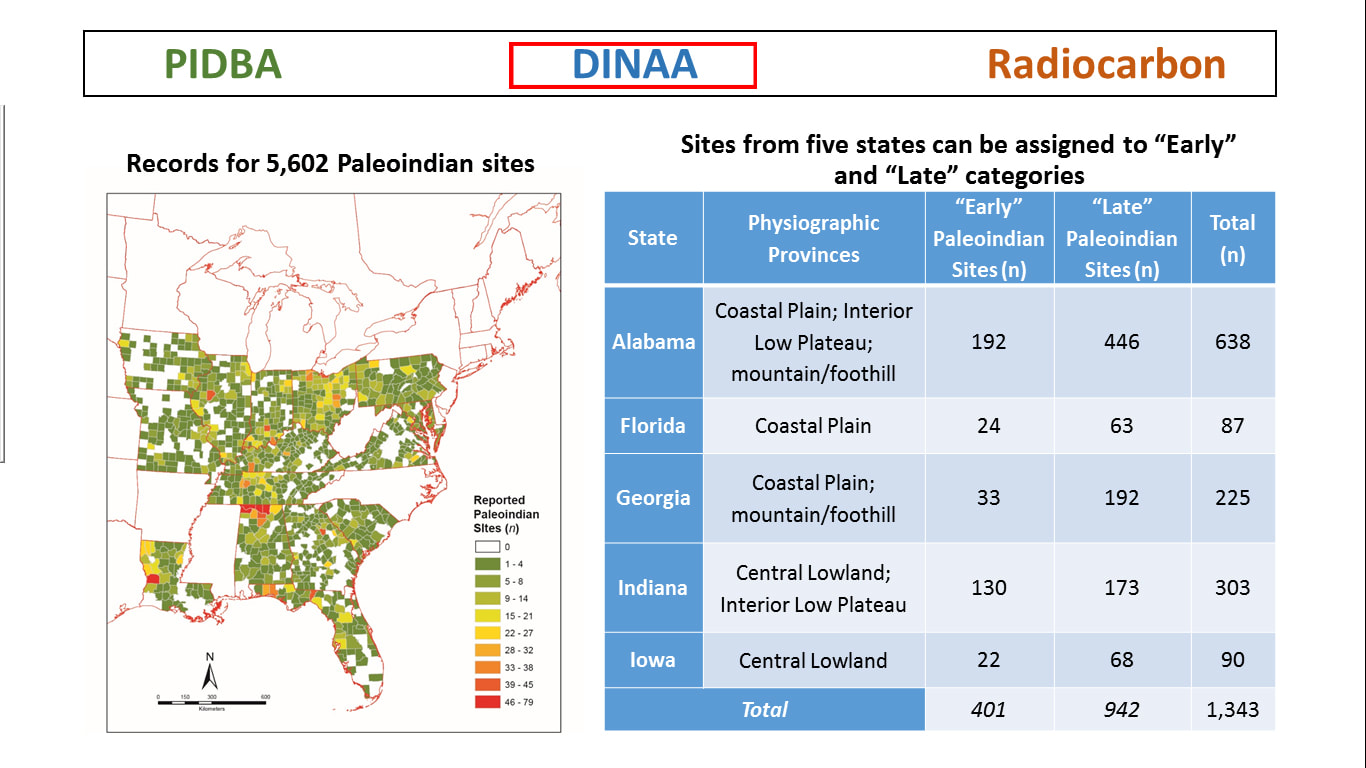
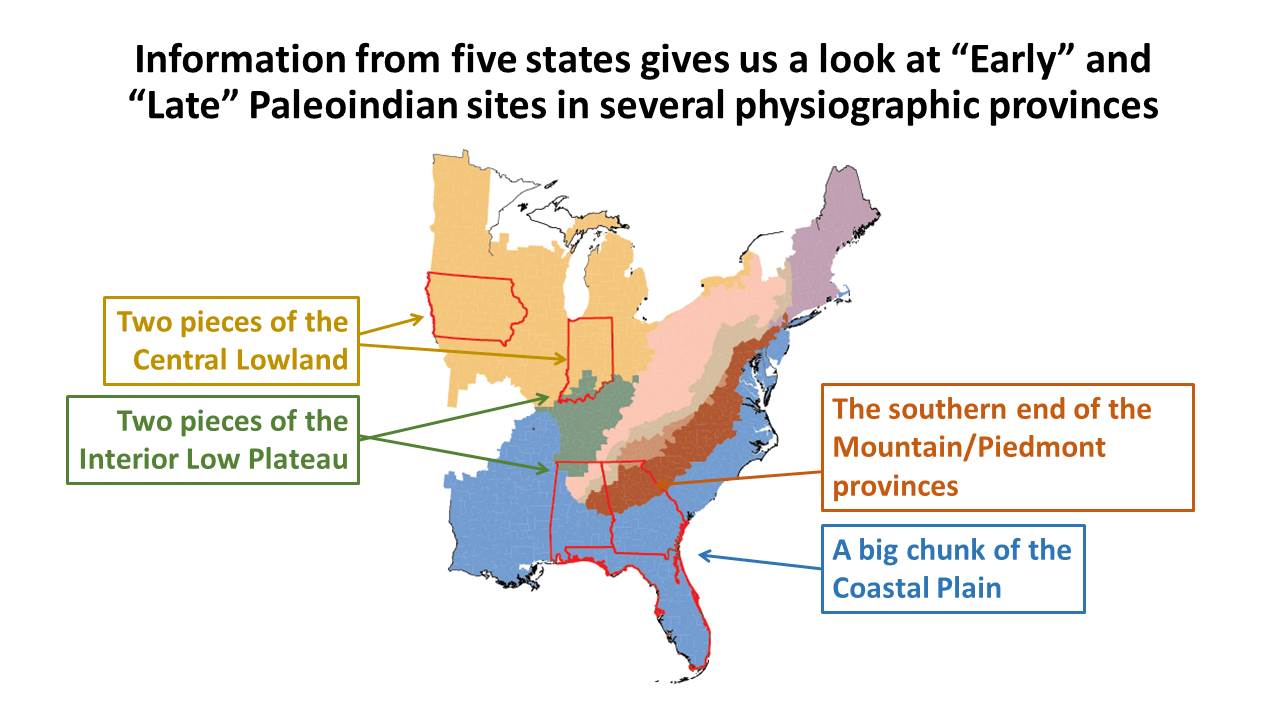
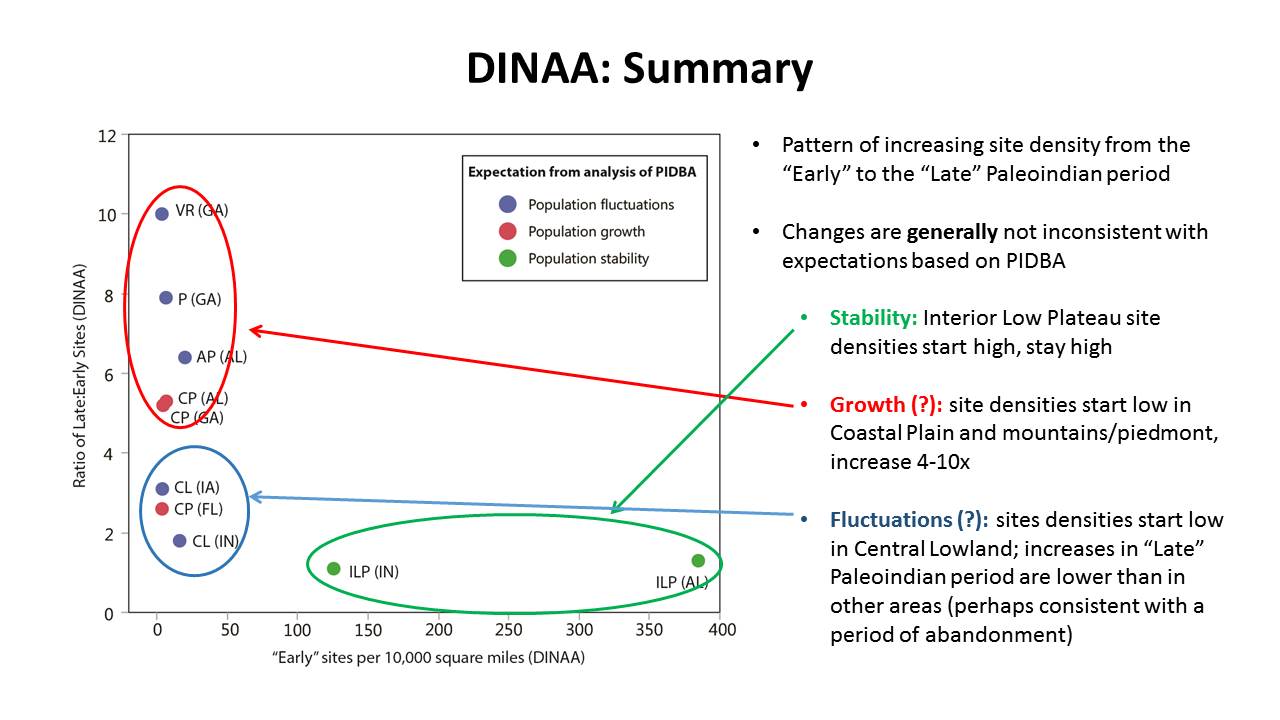
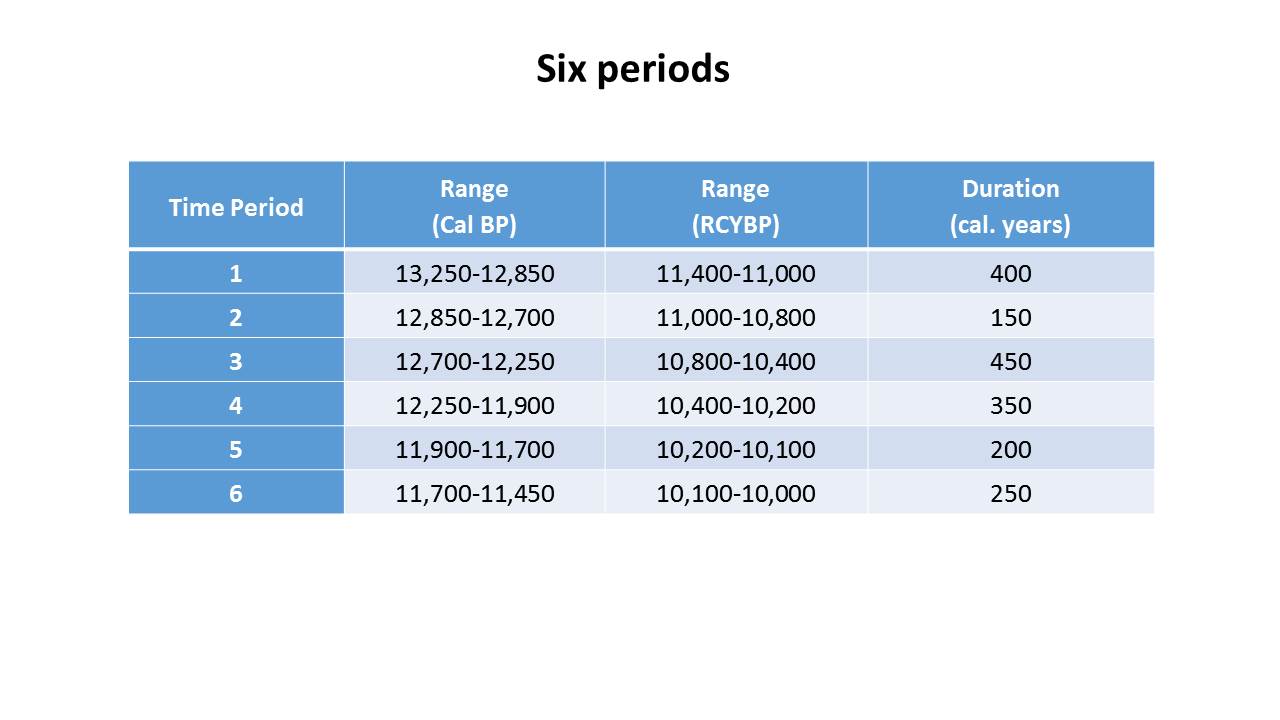
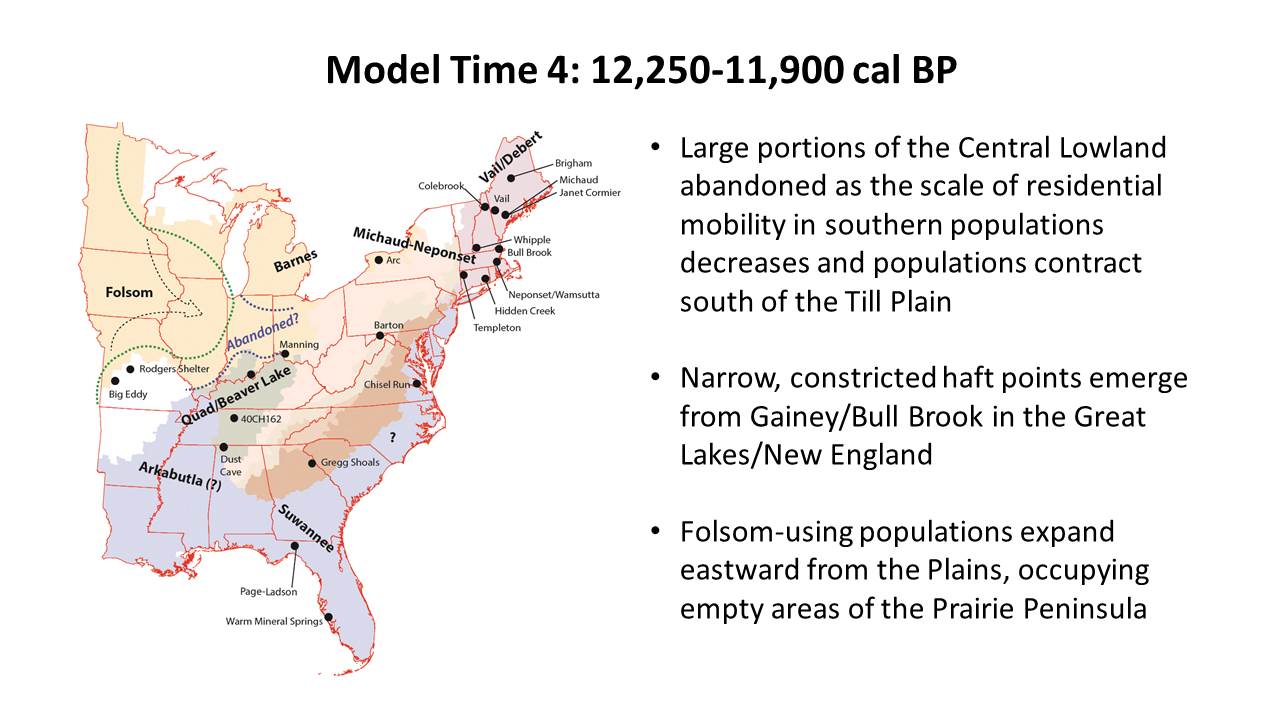
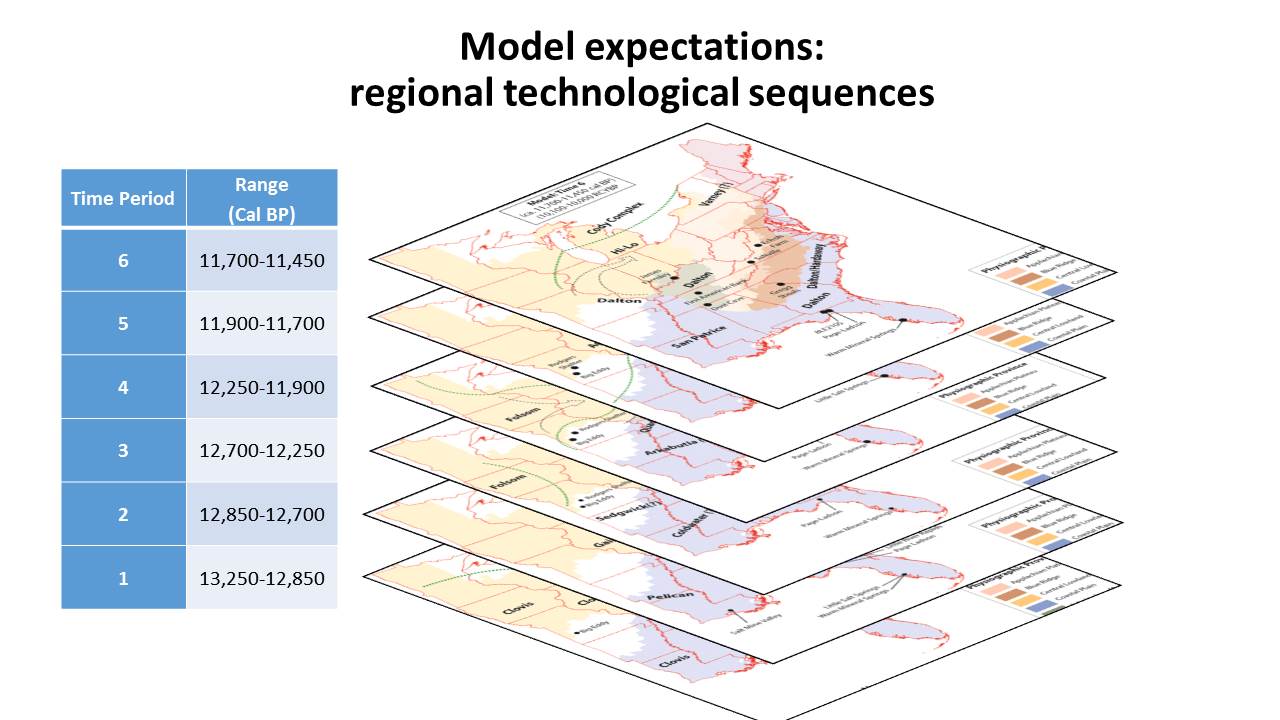
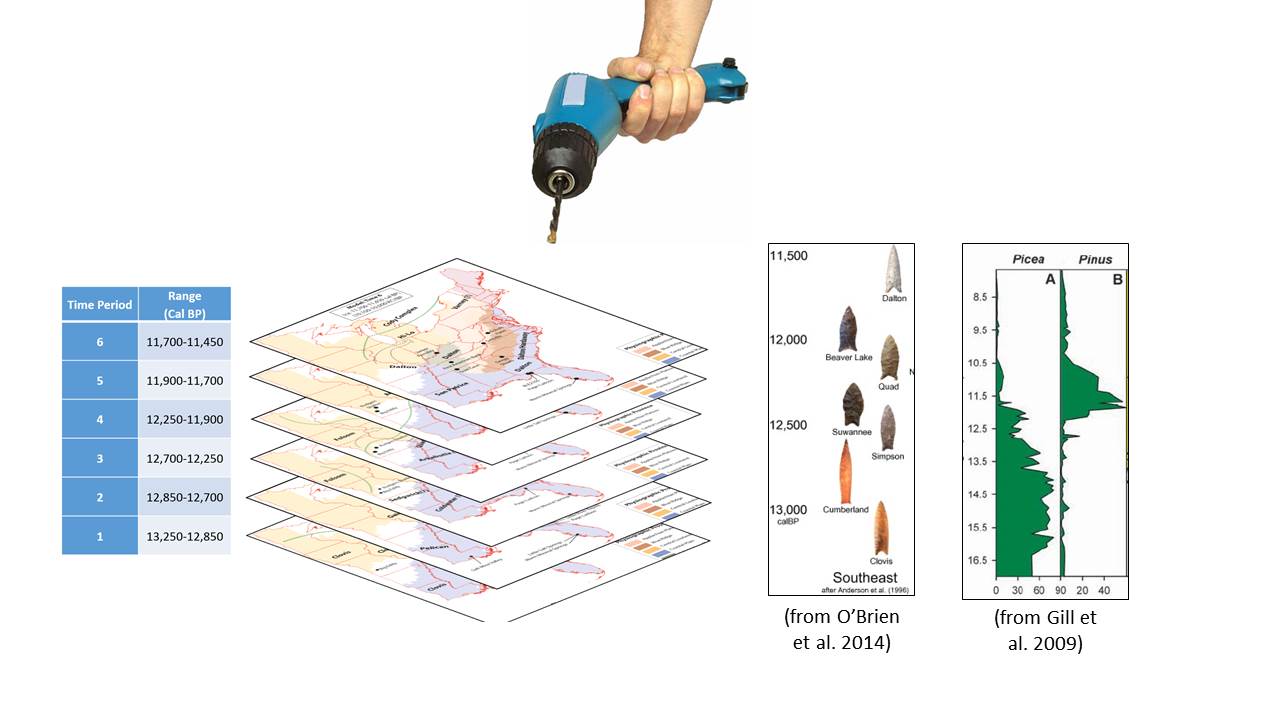
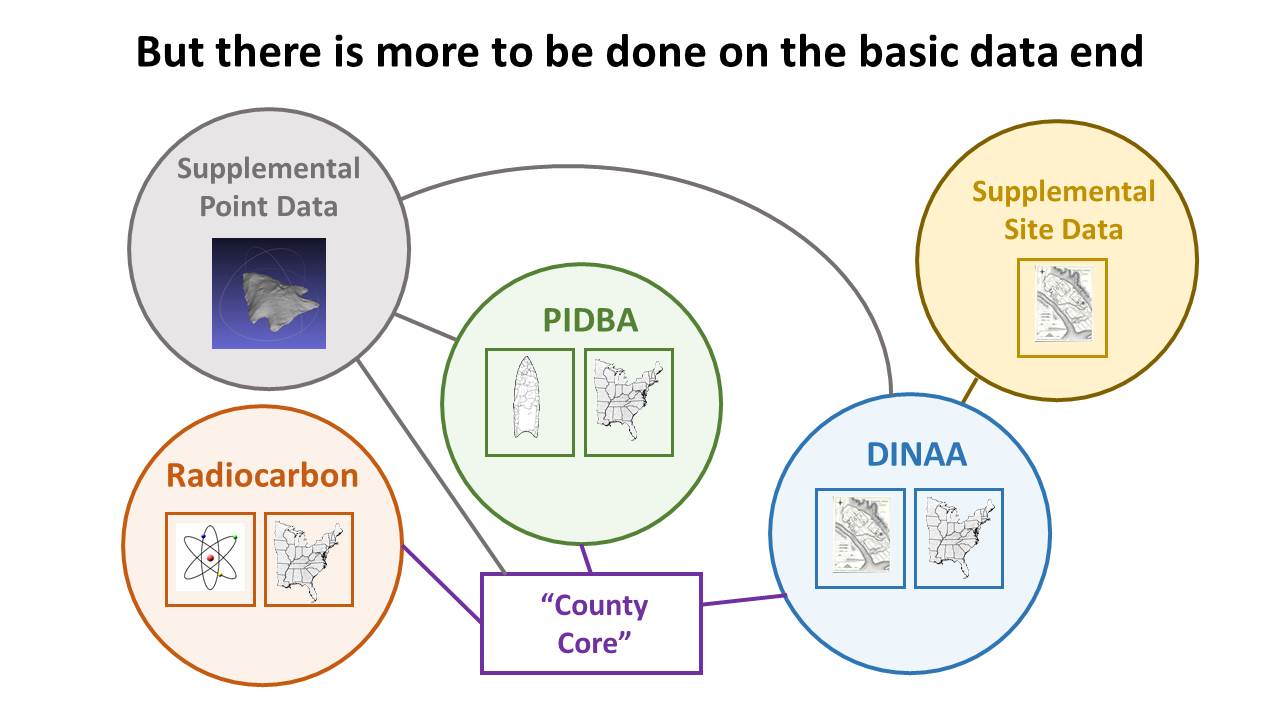
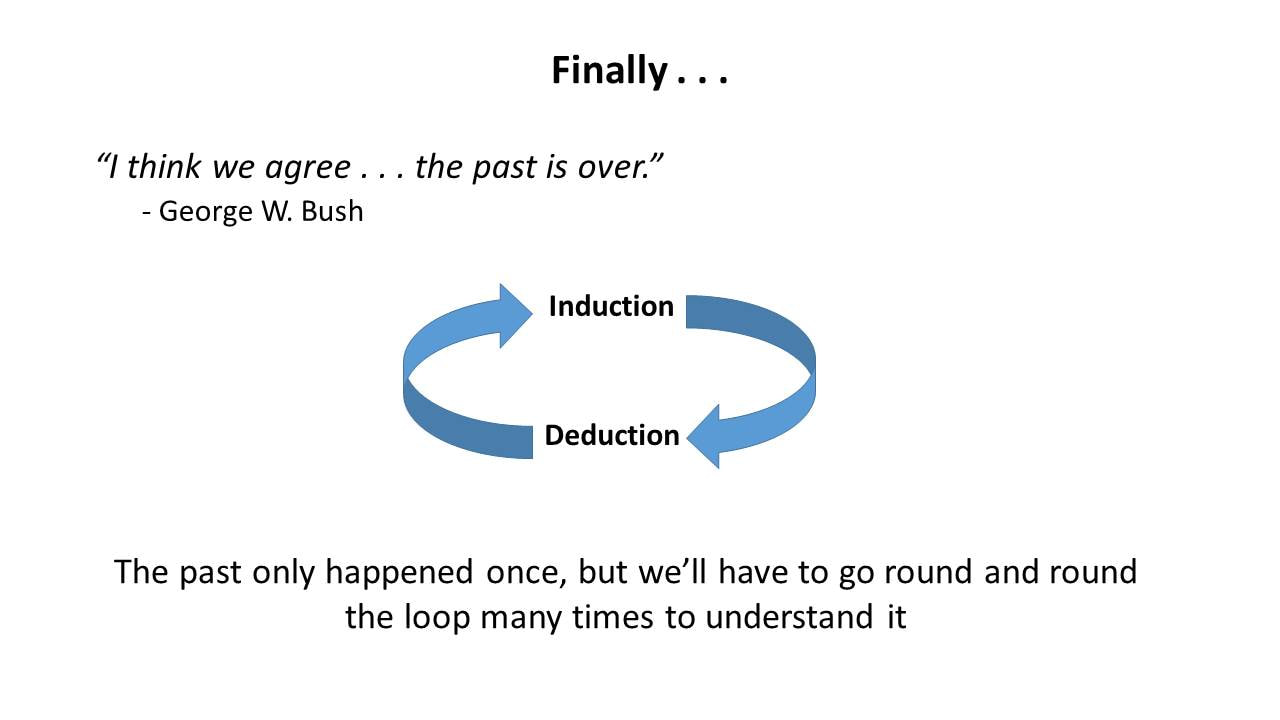


 RSS Feed
RSS Feed
